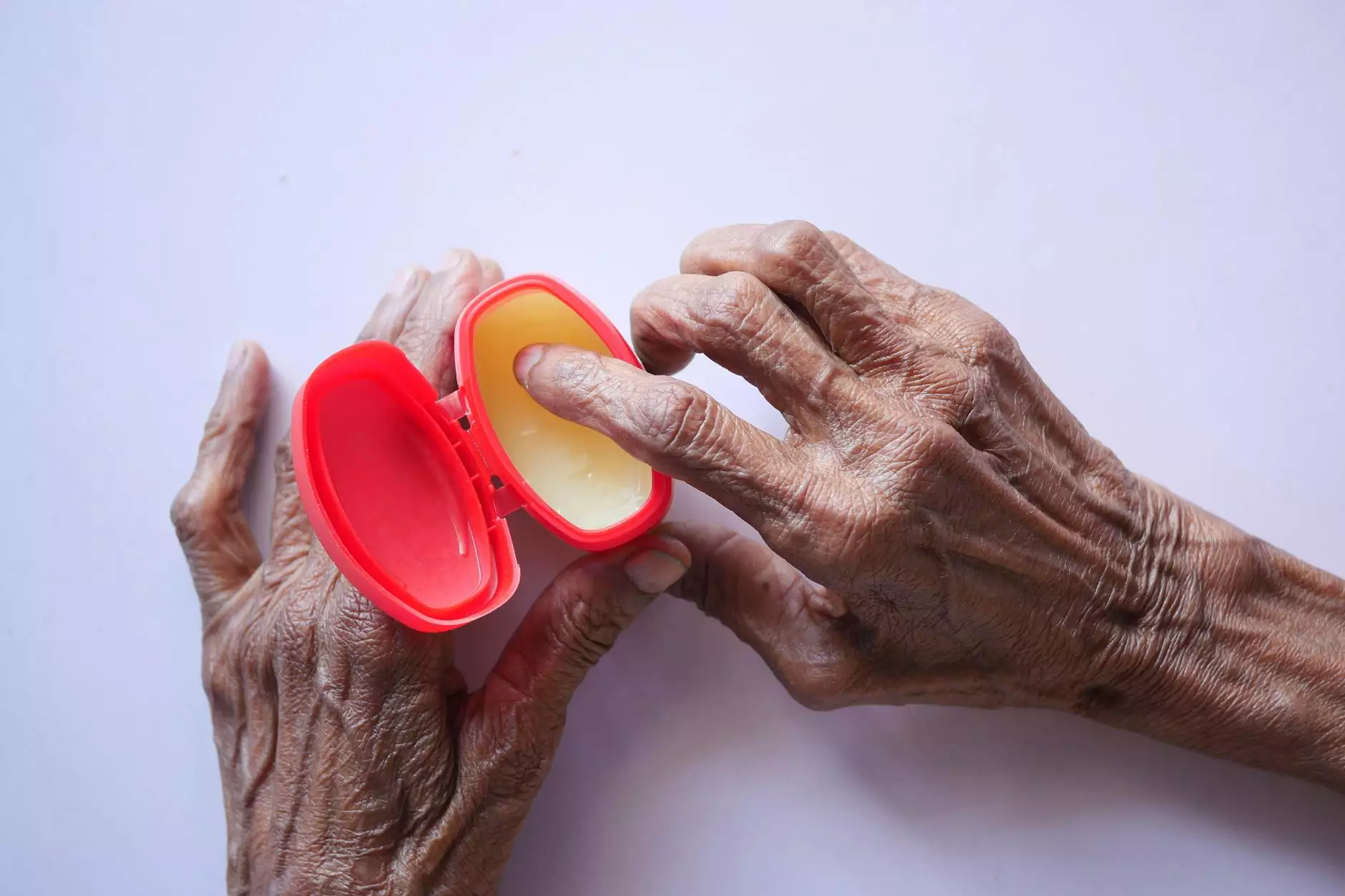Understanding Western Blot Apparatus: A Comprehensive Guide

The Western Blot Apparatus is a fundamental tool in the field of molecular biology and biochemistry. Its critical role in protein analysis has made it a staple in laboratories worldwide. In this article, we delve deep into the intricacies of the Western Blot Apparatus, exploring its components, their functions, and best practices that lead to successful outcomes.
What is Western Blotting?
Western Blotting is an analytical technique utilized for detecting specific proteins in a sample. This method is instrumental in research areas such as molecular biology, biochemistry, and immunology. The technology combines gel electrophoresis and immunoblotting, allowing scientists to separate, transfer, and visualize proteins.
Components of the Western Blot Apparatus
The Western Blot Apparatus comprises several key components that work together to achieve successful protein detection:
- Gel Electrophoresis Tank: The initial stage where proteins are separated based on their size.
- Transfer Apparatus: This component facilitates the transfer of proteins from the gel to a membrane.
- Membrane: Commonly made from nitrocellulose or PVDF, this is where proteins are immobilized for detection.
- Blocking Buffer: Essential for reducing non-specific binding during the detection phase.
- Detection System: Typically involves antibodies specific to the target protein, which is critical for visualization.
How Does the Western Blotting Process Work?
The process of Western Blotting can be broken down into a series of steps, each crucial for obtaining accurate results:
- Sample Preparation: Proteins are extracted and quantified from biological samples.
- Gel Electrophoresis: The prepared samples are loaded into a gel matrix and subjected to an electric current, which separates proteins according to their molecular weight.
- Transfer to Membrane: Post electrophoresis, proteins are transferred from the gel onto a membrane using a transfer apparatus.
- Blocking: The membrane is incubated with a blocking buffer to prevent non-specific antibody binding.
- Antibody Incubation: A primary antibody specific to the protein of interest is applied, followed by a secondary antibody conjugated to a detection enzyme or dye.
- Visualization: The bound antibodies are visualized using various detection methods (e.g., chemiluminescence, fluorescence) that allow researchers to see the proteins of interest.
Applications of the Western Blot Apparatus
The Western Blot Apparatus has a wide array of applications across different fields:
1. Research and Development
In academic and industrial research, Western Blotting is extensively employed to study protein expression, post-translational modifications, and interactions, aiding in drug discovery and development.
2. Medical Diagnostics
Western Blotting is vital in disease diagnostics, particularly for identifying antibodies in infections like HIV and Lyme disease.
3. Quality Control in Biomanufacturing
It serves as a quality control measure to ensure that biopharmaceutical products contain the correct proteins in the right forms and concentrations.
Choosing the Right Western Blot Apparatus
When selecting a Western Blot Apparatus, consider the following factors:
- Capacity: The number of samples you routinely process.
- Ease of Use: Look for user-friendly interfaces and robust documentation.
- Brand Reputation: Choose reputable brands known for reliability and durability.
- Price: Balance quality with budget, as investing in a high-quality apparatus often saves costs in the long run.
Best Practices for Effective Western Blotting
To maximize the efficacy of the Western Blot Apparatus, adhere to these best practices:
1. Sample Preparation
Ensure that samples are properly prepared and quantified. Use fresh or well-preserved samples for best results.
2. Gel Selection
Choose the right gel percentage based on the molecular weight of the proteins of interest for optimal separation.
3. Membrane Type
Depending on the nature of the protein detected, select an appropriate membrane type to enhance sensitivity and specificity.
4. Optimize Antibody Concentrations
Perform a titration assay to determine the optimal concentrations of primary and secondary antibodies.
5. Adequate Blocking
Thoroughly block the membrane to minimize background signal, ensuring clearer and more interpretable results.
6. Reproducibility
Maintain consistency in experimental conditions and reagent use to ensure reproducible results across experiments.
Common Challenges in Western Blotting and Solutions
Researchers often face challenges when using the Western Blot Apparatus. Here are some common issues and their solutions:
1. High Background Signal
This can arise from insufficient blocking or too high concentrations of antibodies. To mitigate this, consider:
- Increasing the blocking time or the concentration of the blocking buffer.
- Diluting antibodies further to reduce non-specific binding.
2. Low Signal Strength
Low signal can be due to insufficient protein transfer or weak antibody binding. Solutions include:
- Ensuring complete transfer of proteins by optimizing transfer conditions.
- Utilizing more sensitive detection systems or increasing antibody concentrations.
3. Bands Smearing or Poor Resolution
This issue may arise from overloaded samples or improper gel polymerization. To address this, consider:
- Loading smaller amounts of protein to avoid overloading the gel.
- Ensuring proper gel casting techniques to avoid inconsistencies.
Future Trends in Western Blotting Technology
The landscape of protein analysis is evolving, and future trends in Western Blotting technology are promising:
1. Enhanced Sensitivity and Specificity
Developments in antibodies and detection reagents are expected to yield more sensitive and specific assays, expanding the applications of Western Blotting.
2. Automation
Automation technology is likely to facilitate high-throughput Western Blotting, increasing efficiency in laboratories.
3. Integrated Systems
The emergence of integrated systems that combine multiple steps of the Western Blotting process into a single apparatus could simplify protocols.
Conclusion
The Western Blot Apparatus remains an invaluable tool in biochemistry and molecular biology. Its ability to provide insights into protein function and expression has far-reaching implications in research, diagnostics, and therapeutics. By understanding the components, process, and best practices outlined in this article, researchers can maximize the potential of their Western Blotting experiments. As technology advances, staying abreast of innovative trends will ensure that the Western Blot technique remains an integral part of protein analysis.
For more information, you can visit Precision BioSystems, leaders in providing high-quality laboratory equipment and support for your research needs.









